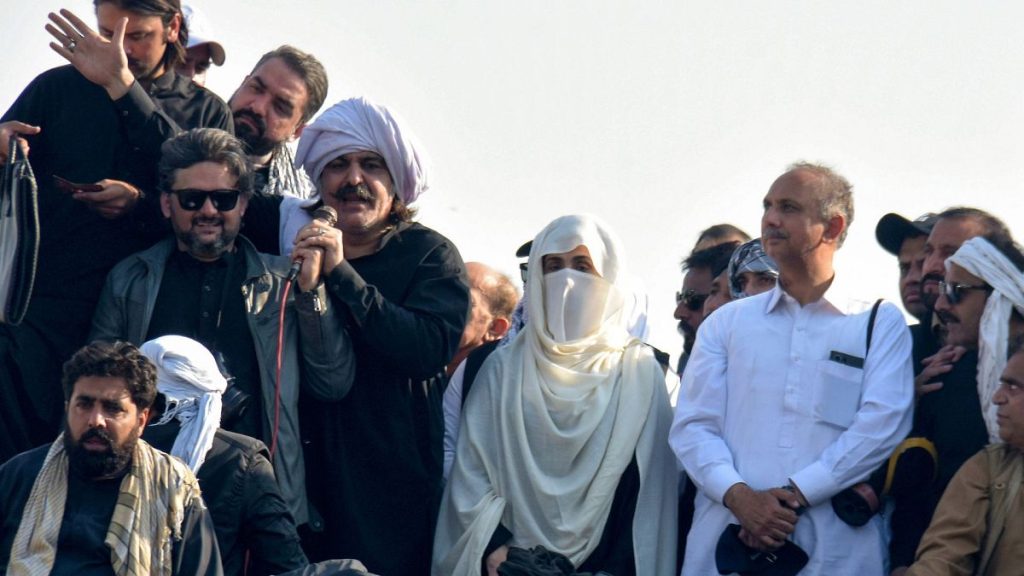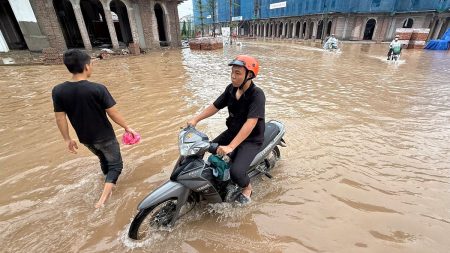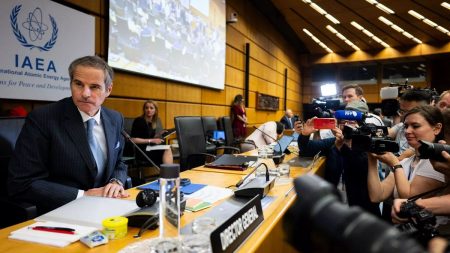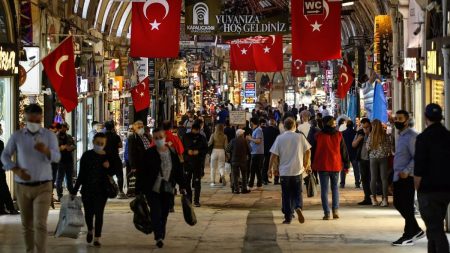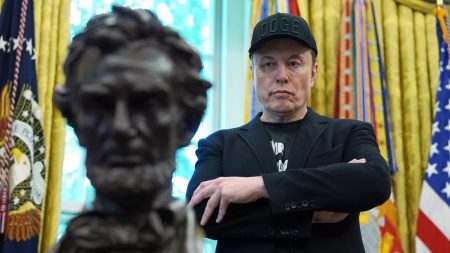Recent events in Pakistan have been tumultuous, particularly in the Kurram district, where heightened sectarian violence has left many casualties. Just this past Thursday, eight more lives were claimed following an earlier surge in conflicts, which led to the deaths of 42 Shiite individuals earlier this month. The ongoing unrest has fueled tensions between various groups in the region, exacerbating an already volatile situation. This sequence of violence has not only affected local communities but also drawn attention to the broader climate of instability in Pakistan, underscored by political turmoil and security challenges.
Simultaneously, the political landscape is charged with the ongoing protests against the imprisonment of former Prime Minister Imran Khan, who has been incarcerated since August 2023. Supporters vehemently argue that his detention is politically motivated, with Khan facing over 150 legal cases. His wife, Bushra Bibi, has taken a prominent role in mobilizing support, leading thousands of demonstrators from Khyber Pakhtunkhwa to Islamabad in a quest for his release. The protests have seen a tragic escalation, turning violent and leading to the deaths of four security personnel and two protesters during clashes that erupted between demonstrators and law enforcement.
In response to the unrest, the Islamabad police have leveled serious allegations against Khan, Bibi, and others, accusing them of inciting violence and illegal activities during the protests. The authorities have invoked anti-terrorism laws, charging them with instigating attacks on security forces and causing disruption to public order. Officials, including Planning and Development Minister Ahsan Iqbal, have claimed that the protests were not peaceful, alleging that demonstrators were armed. Contradicting these assertions, Khan’s party, Pakistan Tehreek-e-Insaf (PTI), has accused the police of using live ammunition against protesters, further complicating the narrative around the clashes.
The situation is compounded by a distinct intertwining of the political unrest with broader sectarian clashes in the Kurram district, which have left dozens dead in retaliatory violence. The recent surge of violence has led to heightened fears among the local population and intensified sectarian divides. On the heels of these events, another incident involving journalist Matiullah Jan has surfaced, wherein he was charged with terrorism related to allegations of refusal to comply with police orders and alleged intoxication. Jan’s claim of being abducted before facing these charges adds a layer of concern regarding the treatment of dissent and freedom of the press in the current climate.
The ongoing violence and political instability have significant implications for Pakistan’s economy, which has already been under strain. On a recent occasion, the country’s stock exchange suffered a substantial loss, shedding over $1.7 billion in value. However, fortunes changed slightly with a rebound that saw the exchange surpass the 100,000 points mark for the first time, prompting Prime Minister Shehbaz Sharif to remark on the potential signs of economic recovery. Nevertheless, such fluctuations highlight the fragility of the economic situation, which is intricately linked to the prevailing political environment and societal unrest.
The confluence of sectarian violence, political protests, and economic challenges presents a daunting landscape for Pakistan. As civil unrest continues to manifest in violent encounters and significant strife among communities, the response from law enforcement, government officials, and political entities will likely shape the future trajectory of the nation. The intricate interplay of these factors signifies not only the immediate challenges but also a potential crisis that could further destabilize the region if not addressed effectively. As the situation evolves, vigilance and concerted efforts will be critical to navigate the depths of unrest, fostering a sense of solidarity and security amid escalating tensions.




